
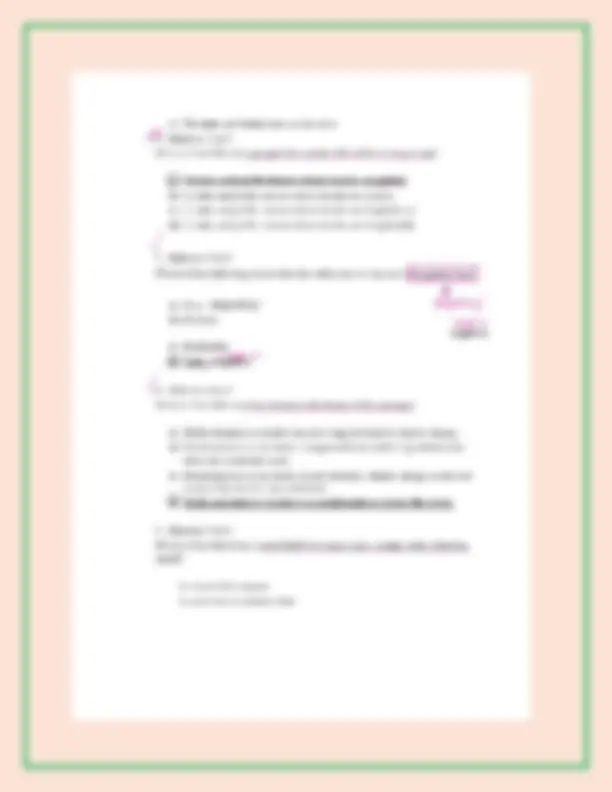
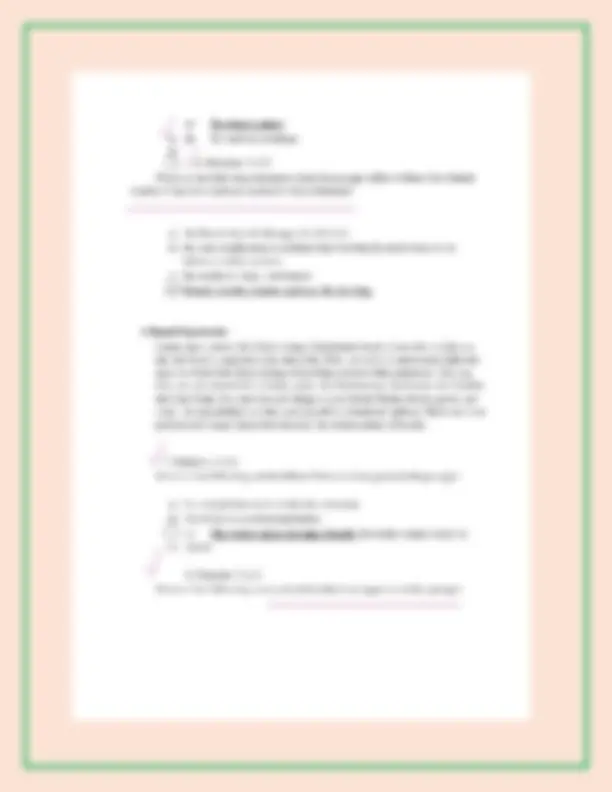










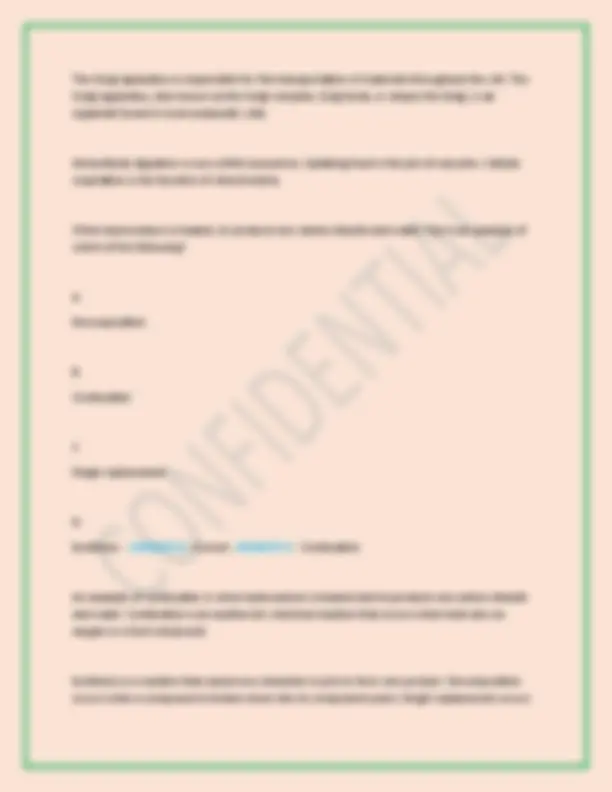


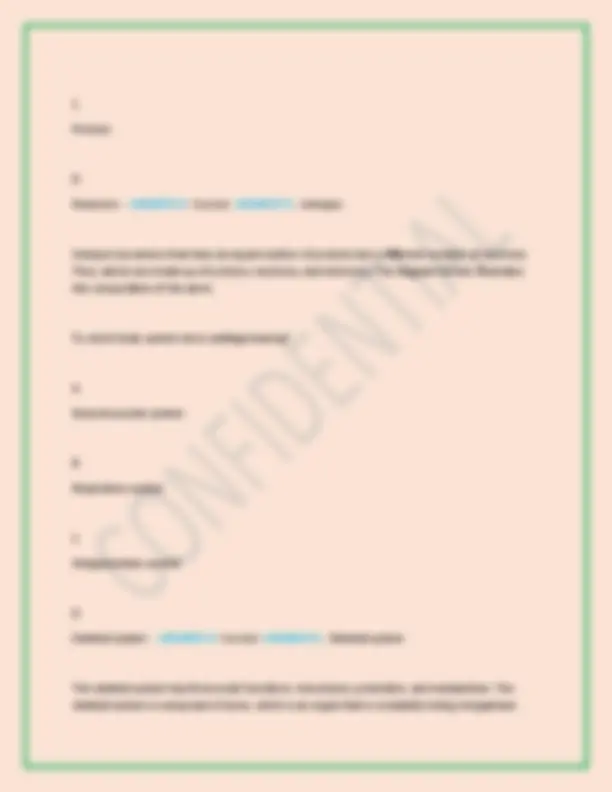




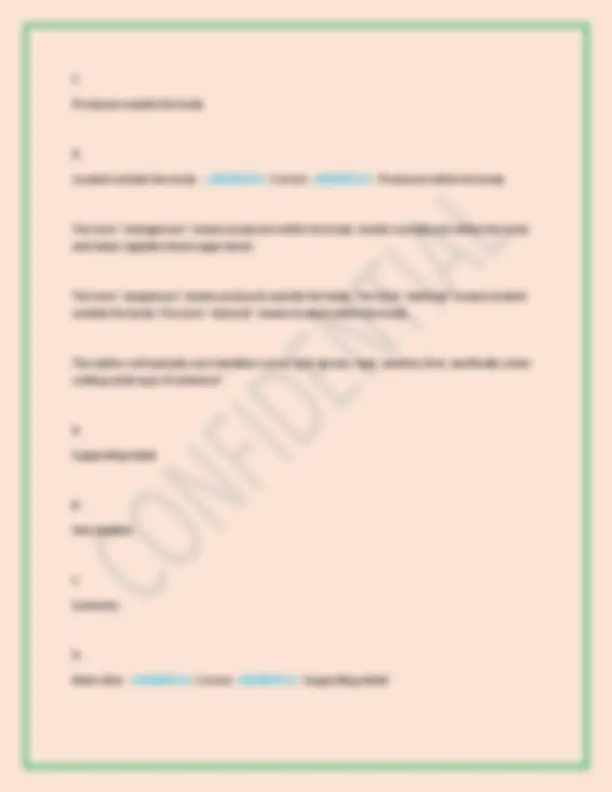


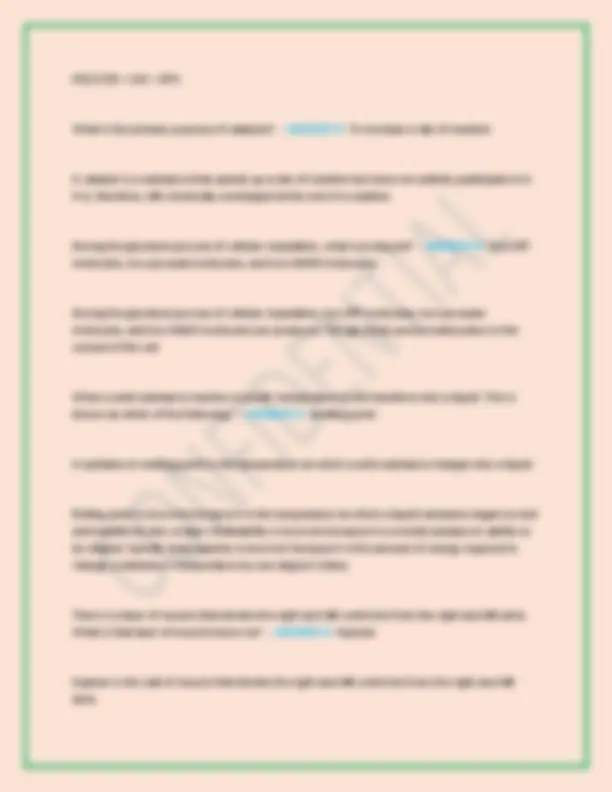
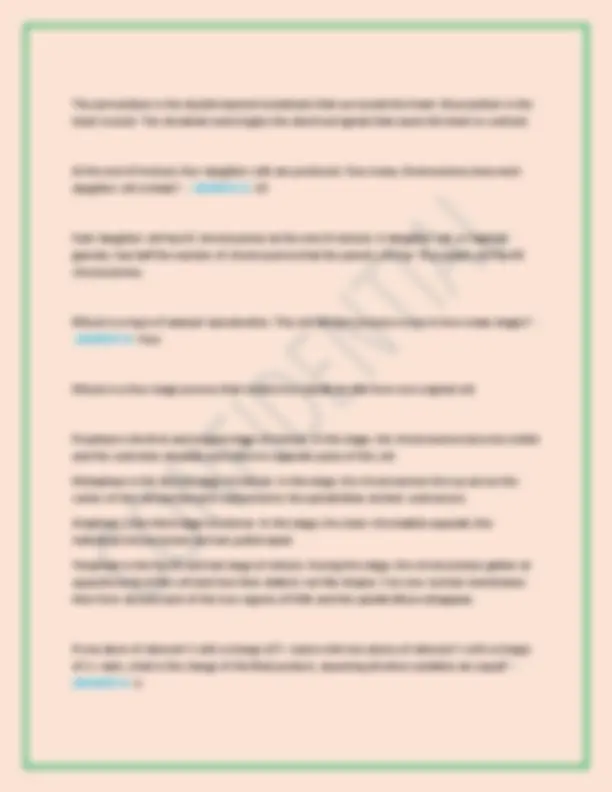




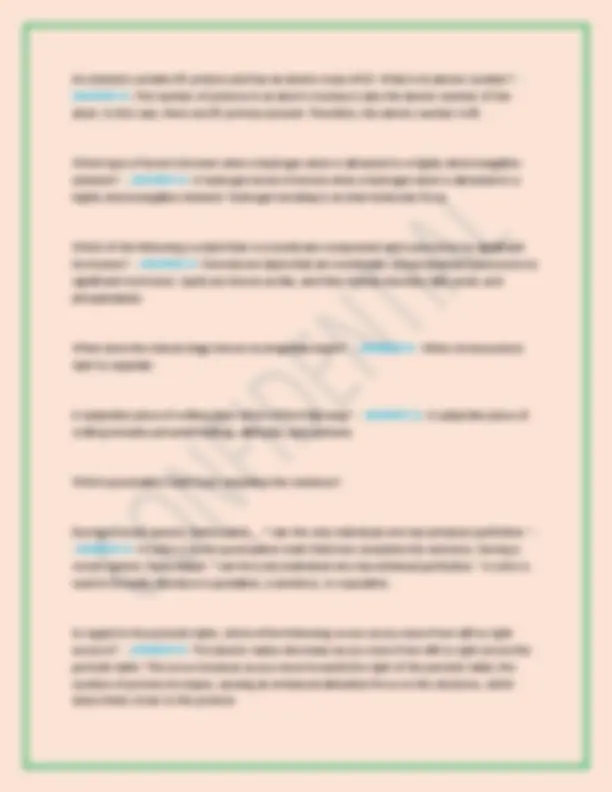















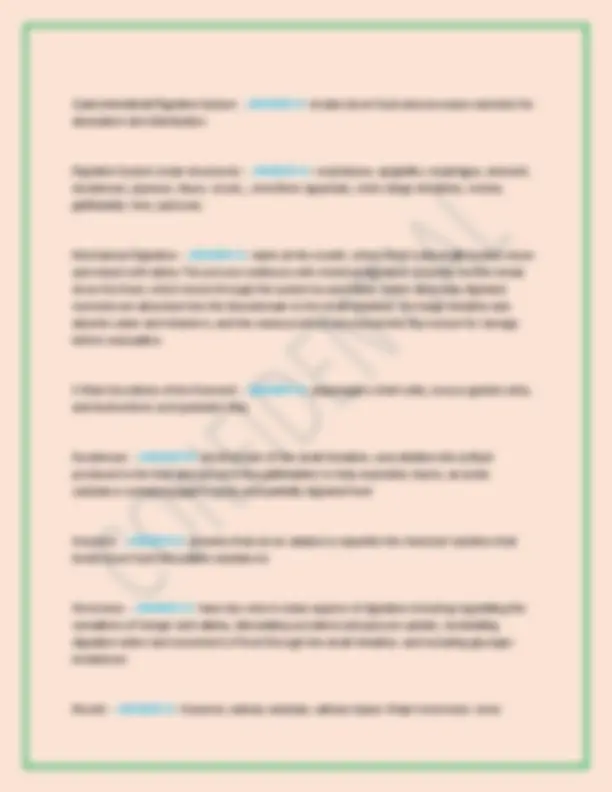


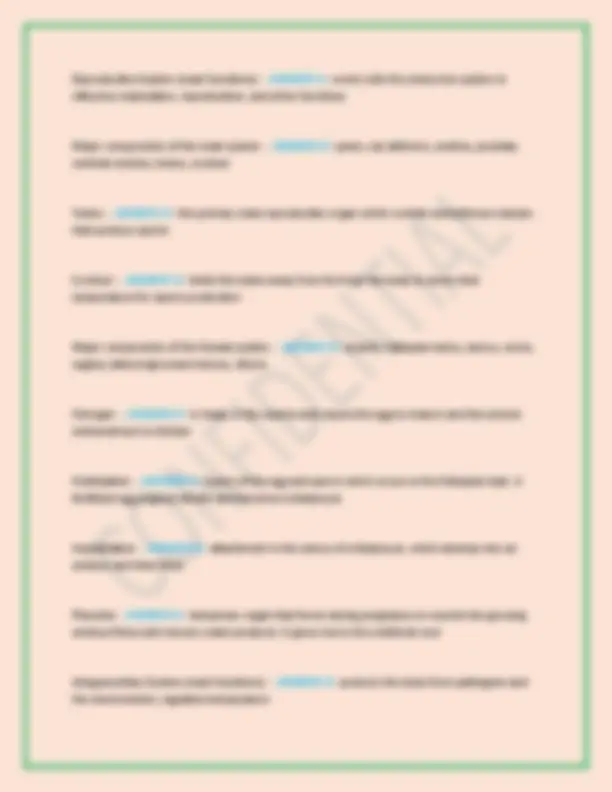
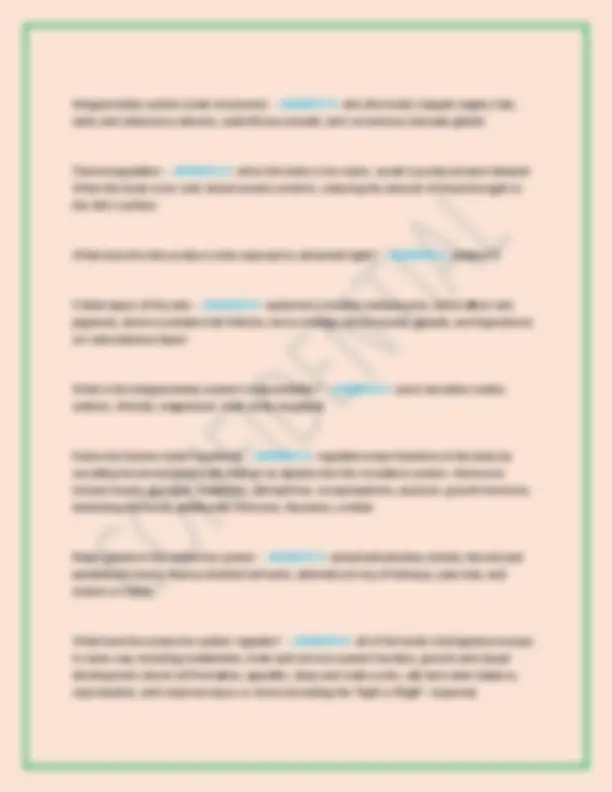
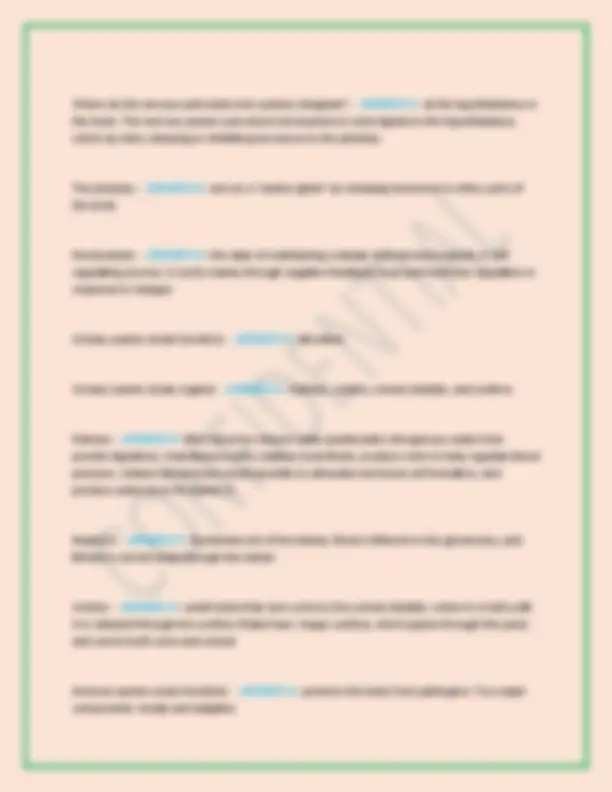
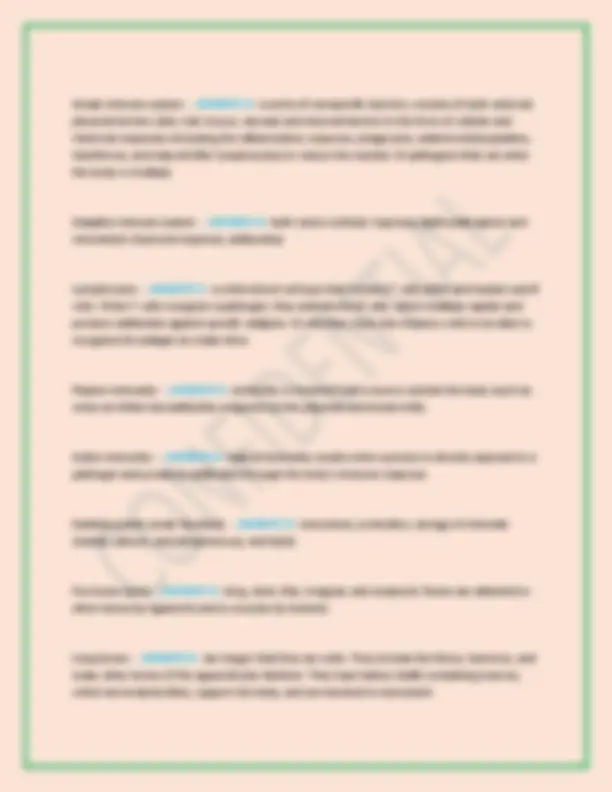
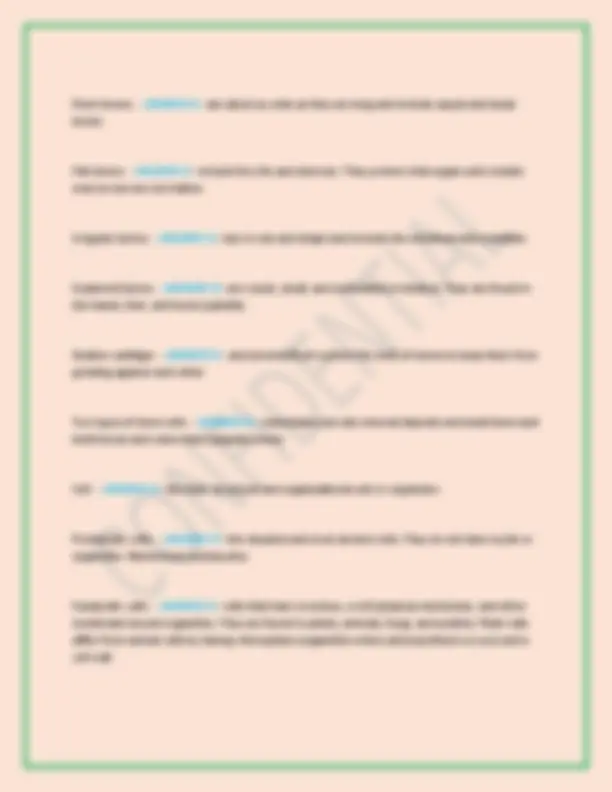

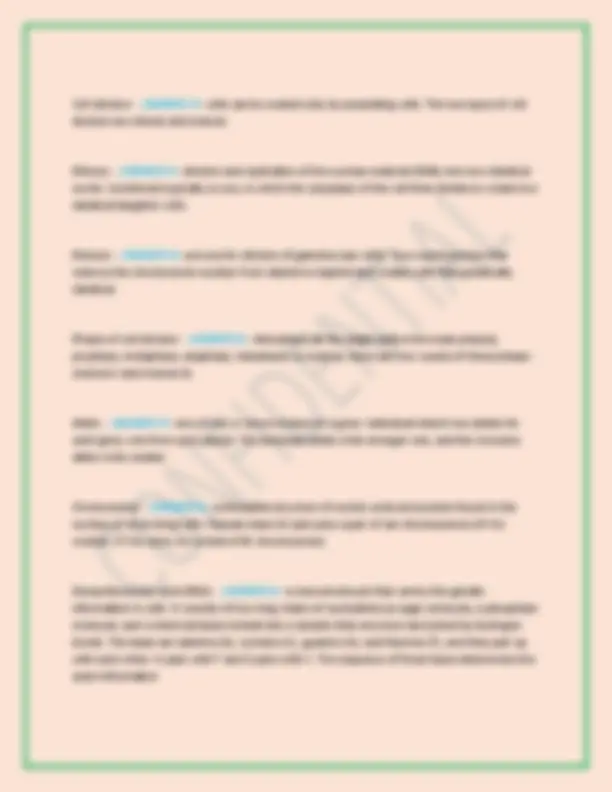
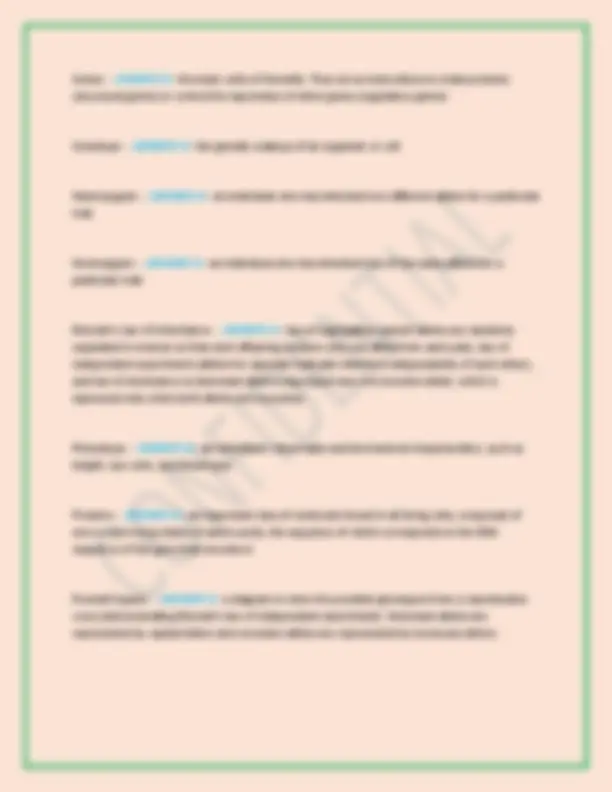





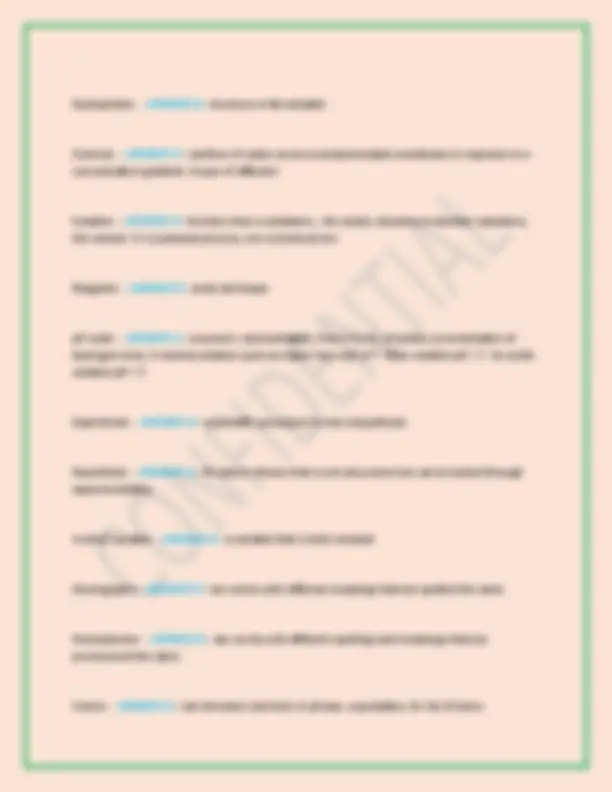
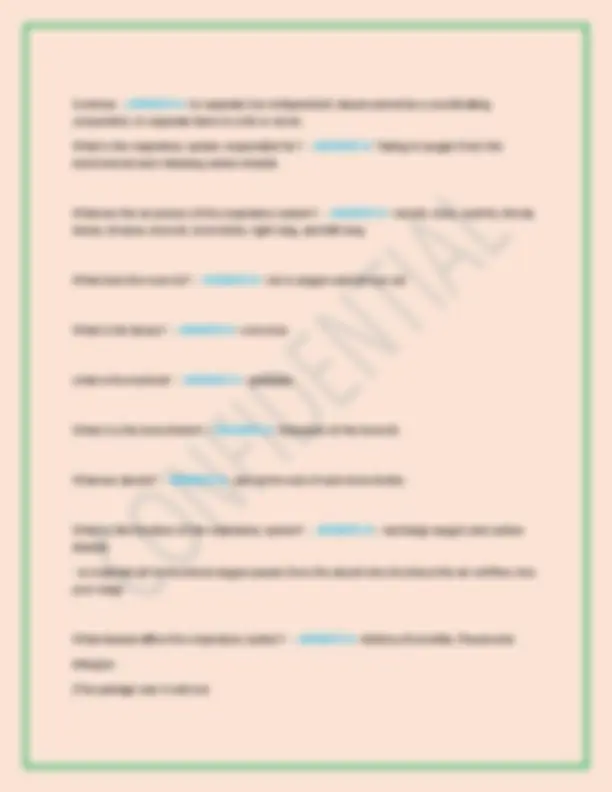














Study with the several resources on Docsity

Earn points by helping other students or get them with a premium plan


Prepare for your exams
Study with the several resources on Docsity

Earn points to download
Earn points by helping other students or get them with a premium plan
Community
Ask the community for help and clear up your study doubts
Discover the best universities in your country according to Docsity users
Free resources
Download our free guides on studying techniques, anxiety management strategies, and thesis advice from Docsity tutors
ATI TEAS 7 TEST WITH CORRECT DETAILED QUESTIONS AND ANSWERS 2025| ALREADY GRADED A+
Typology: Exams
1 / 83

This page cannot be seen from the preview
Don't miss anything!












































































What is interphase? - - ANSWER IS- - grows and carry out normal function (dna starts replicate) What is metapahse? - - ANSWER IS- - Chromosomes line up in the middle of the cell and start to divide What is anaphase? - - ANSWER IS- - Chromosomes are pulled apart in opposite directions cell division really begins. What is telephase? - - ANSWER IS- - new nuclear envelope forms around cells that were split What are the phases of mitosis? - - ANSWER IS- - stage 1- interphase stage 2-prophase stage3- metaphase stage 4- anaphase stage 5- telephase what are chromosomes? - - ANSWER IS- - long thread like structure, found in the nucleus of cells made of DNA what is a prokaryote? - - ANSWER IS- - has 1 chromosome What is a eurkaryote? - - ANSWER IS- - has multiple chromosomes How many chromosomes do humans have? - - ANSWER IS- - 46 chromosome and 23 pairs
what is tRNA? - - ANSWER IS- - transfer RNA. helps assemble aminoacid into protein what is rRNA? - - ANSWER IS- - Ribosomal RNA. makes up RNA what is the process of translation? - - ANSWER IS- - making protein from RNA What is inheritance? - - ANSWER IS- - traits that are passed to offspring what is mender's law of inheritance? - - ANSWER IS- - 2 alleles for each trait What are the alleles? - - ANSWER IS- - alternative forms of genes what is a genotype? - - ANSWER IS- - combination of two alleles What is heterozygous? - - ANSWER IS- - 2 different alleles for a trait What is homozygous? - - ANSWER IS- - two alleles that are identical what is a polymer? - - ANSWER IS- - Macromolecules made of smaller units called covalent bonds linked monomers what is dehydration? - - ANSWER IS- - formation of larger molecules from smaller reactants what is hydrolysis? - - ANSWER IS- - breaking down bonds to break monomers what are the 4 types of macromolecules? - - ANSWER IS- - carbohydrates, lipids, proteins, nucleic acids
what are carbohydrates? - - ANSWER IS- - composed of carbon, hydrogen, and oxygen. example: sugars and starches what are monosaccharides? - - ANSWER IS- - simple sugars What are disaccharides? - - ANSWER IS- - multiple sugars. 2 covalent bonds sugars What are lipids? - - ANSWER IS- - carbon, hydrogen, oxygen. important for energy and storage (fatty acids) what are proteins? - - ANSWER IS- - carbon, hydrogen, oxygen, nitrogen, sulfur. amino acids linked by proteins What are nucleic acids? - - ANSWER IS- - carbon, hydrogen, oxygen, nitrogen, phourous. store and transport genetic information mircoorganism - - ANSWER IS- - cannot be seen with the naked eye, tiny organism that requires the use of a microscope what is bacteria? - - ANSWER IS- - single celled organism that live in many environments. Does bacteria have a nucleus? - - ANSWER IS- - NO What is bacteria considered? - - ANSWER IS- - prokaryotes what is a virus? - - ANSWER IS- - smaller than bacteria only seen with the microscope not considered alive because they cannot reproduce.
what are electrons? - - ANSWER IS- - negative charge? what are isotopes? - - ANSWER IS- - atoms of the same element, but different neutrons what is the atomic mass? - - ANSWER IS- - total of protons and neutrons what is the atomic number? - - ANSWER IS- - the number of protons in a atom what is the negative charge? - - ANSWER IS- - more electrons than protons what is the positive charge? - - ANSWER IS- - more protons than electrons what is an ion? - - ANSWER IS- - atoms that have gained or lost electrons and have a positive or negative charge what is a cation? - - ANSWER IS- - atoms that have lost one or more electrons. resulting in a positive in a charge what is an anion? - - ANSWER IS- - actions that have gained one or more electrons. resulting in a negative charge what are orbitals? - - ANSWER IS- - where electrons are found and different to accommodate different electrons numbers what is the S orbital? - - ANSWER IS- - they have 2 electrons
what is the P orbital? - - ANSWER IS- - 6 electrons what is the D orbital? - - ANSWER IS- - 10 electrons what is the F orbital? - - ANSWER IS- - 14 electrons What is a valence electron? - - ANSWER IS- - located on the otter shell of the electrons what are ionic bonds? - - ANSWER IS- - formed with atoms and trade electrons what are covalent bonds? - - ANSWER IS- - atoms that share electrons (coparent) what is matter? - - ANSWER IS- - anything that has matter and takes up space what is physical properties? - - ANSWER IS- - different properties of a substance that can change there state without changing identity (water) what is mass? - - ANSWER IS- - amount of matter in an object measured by the inertia and in grams what is volume? - - ANSWER IS- - the amount of space an object occupies. measured in liters What is density? - - ANSWER IS- - the mass of an object divided by its volume what is a solid? - - ANSWER IS- - definite shape in volume. molecules tightly packed together
what does exothermic reaction do? - - ANSWER IS- - release heat what is the colesion? - - ANSWER IS- - similar molecules surrounding and binding to another what is allesion? - - ANSWER IS- - disimilar molecules binding with other molecules what is solvent? - - ANSWER IS- - dissolves in another substance What is a solute? - - ANSWER IS- - dissolves in another solvent (sugar) what is hydrophobic? - - ANSWER IS- - water fearing (oil) what is hydrophilic? - - ANSWER IS- - water loving (sugar) what is osmosis? - - ANSWER IS- - water molecules moving from high water concentration to a low area of concentrstion What is a semi-permeable membrane? - - ANSWER IS- - barrier that allows some molecules to pass through but not others what is duffusion? - - ANSWER IS- - molecules moving from a high area of concentration to a low area of concentration what is passive transport? - - ANSWER IS- - no energy required , only molecules in motion
what is active transport? - - ANSWER IS- - molecules moving from low concentration to high concentration what is acid? - - ANSWER IS- - molecules that increase concentration of hydrogen ion s in solution what are pH ranges? - - ANSWER IS- - 0 - most acidic 7 neutral 14 basic what do we want pH ranges to be? - - ANSWER IS- - 7.35 to 7. What is a neutralization reaction? - - ANSWER IS- - chemical reaction b/t acid and basic The price of a 20" television changed from $450 to $400. Find the percentage change in price. A.
There are three types of natural lipids: unsaturated, polyunsaturated, and saturated. Supersaturation is a not a naturally occurring lipid. Unsaturated and polyunsaturated lipids have one or more double bonds between carbon atoms of fatty acid chains; saturated lipids share no such double bonds. A common example of supersaturation is rock candy, which is created from a supersaturated sugar solution. Which of the following is not true of mitosis? A. Daughter cells are different than parent cells B. Daughter cells are identical to parent cells C. It produces daughter cells D. It occurs only in eukaryotic cells - - ANSWER IS- - Correct - ANSWER IS- : Daughter cells are different than parent cells Mitosis is a cell cycle during which a parent cell produces an identical daughter cell. It has four main phases: prophase, metaphase, anaphase, and telophase. Since the parent and daughter cells are identical, both diploids and haploids can undergo mitosis.
Mitosis is a four-stage process that creates two identical cells from one original cell. Prophase is the first and longest stage of mitosis. In this stage, the chromosomes become visible and the centrioles separate and move to opposite poles of the cell. Metaphase is the second stage of mitosis. In this stage, the chromosomes line up across the center of the cell and become connected to the spindle fiber at their centromere. Anaphase is the third stage of mitosis. In this stage, the sister chromatids separate into individual chromosomes and are pulled apart. Telophase is the fourth and last stage of mitosis. During this stage, the chromosomes gather at opposite ends of the cell and lose their distinct rod-like shapes. Two new nuclear membranes then form around each of the two regions of DNA and the spindle fibers disappear. What is the role of the Golgi apparatus in the cell? A. To uptake food through the cell membrane B. To produce cellular respiration C. To provide intracellular digestion D. To provide transportation of materials throughout the cell - - ANSWER IS- - Correct - ANSWER IS- : To provide transportation of materials throughout the cell